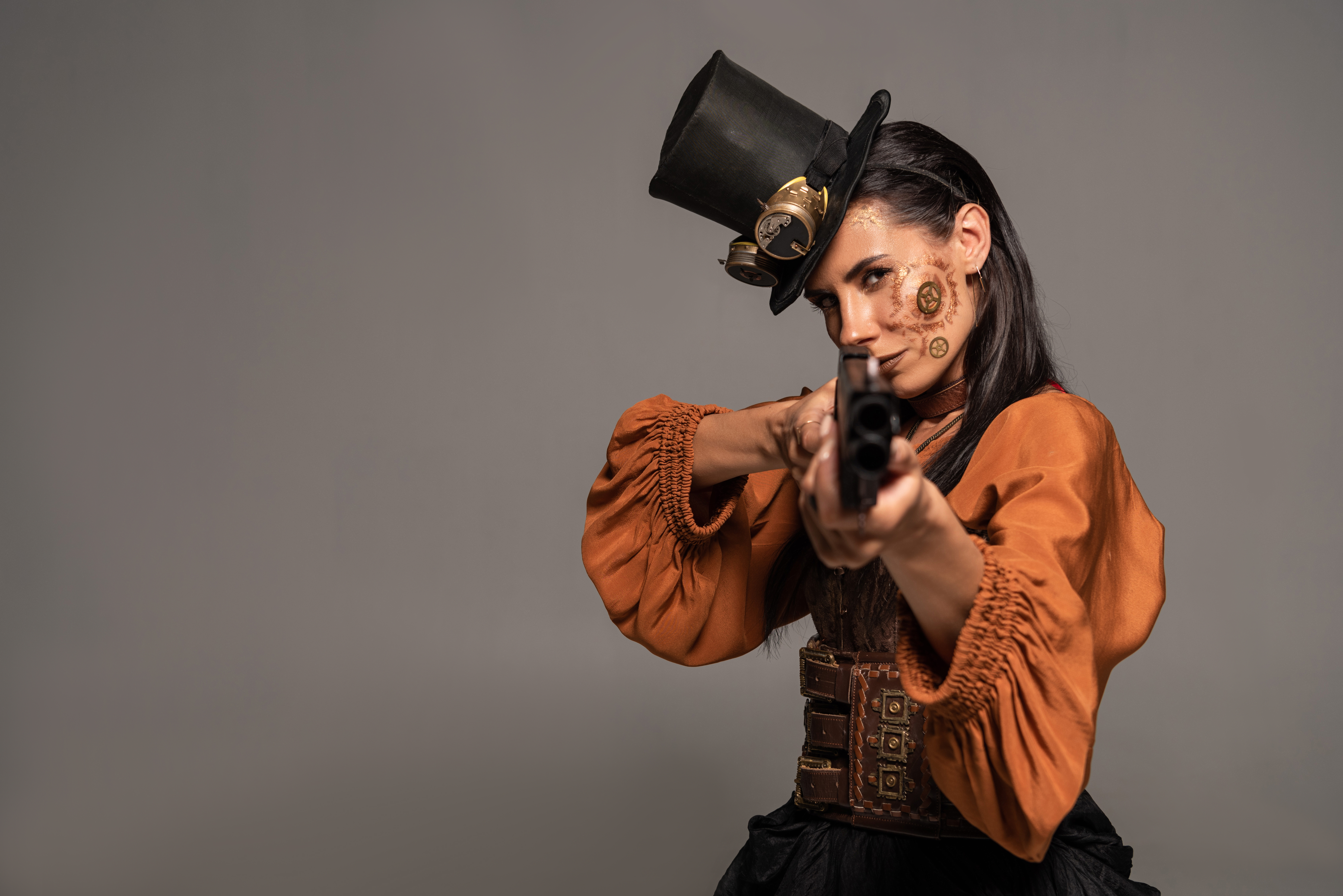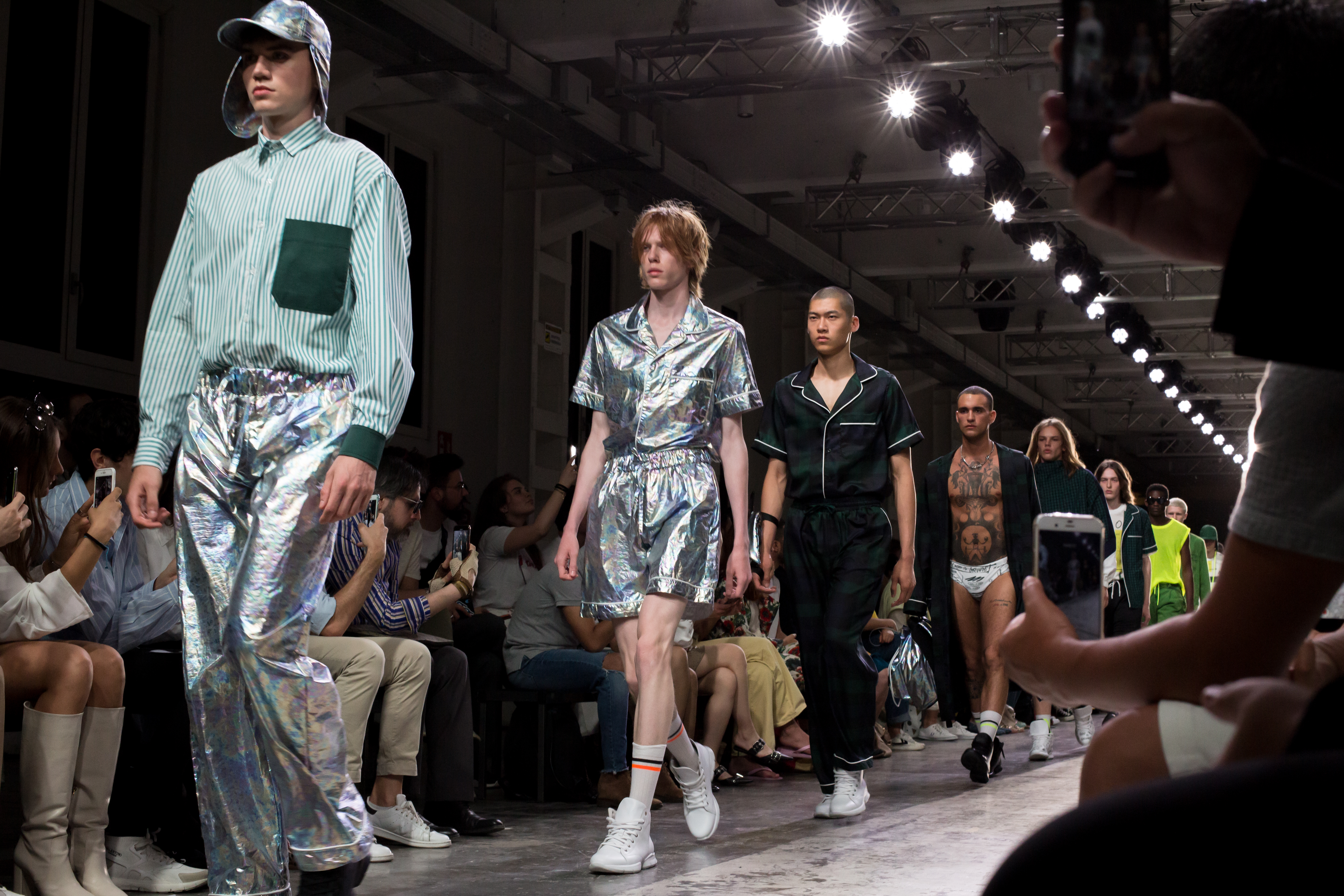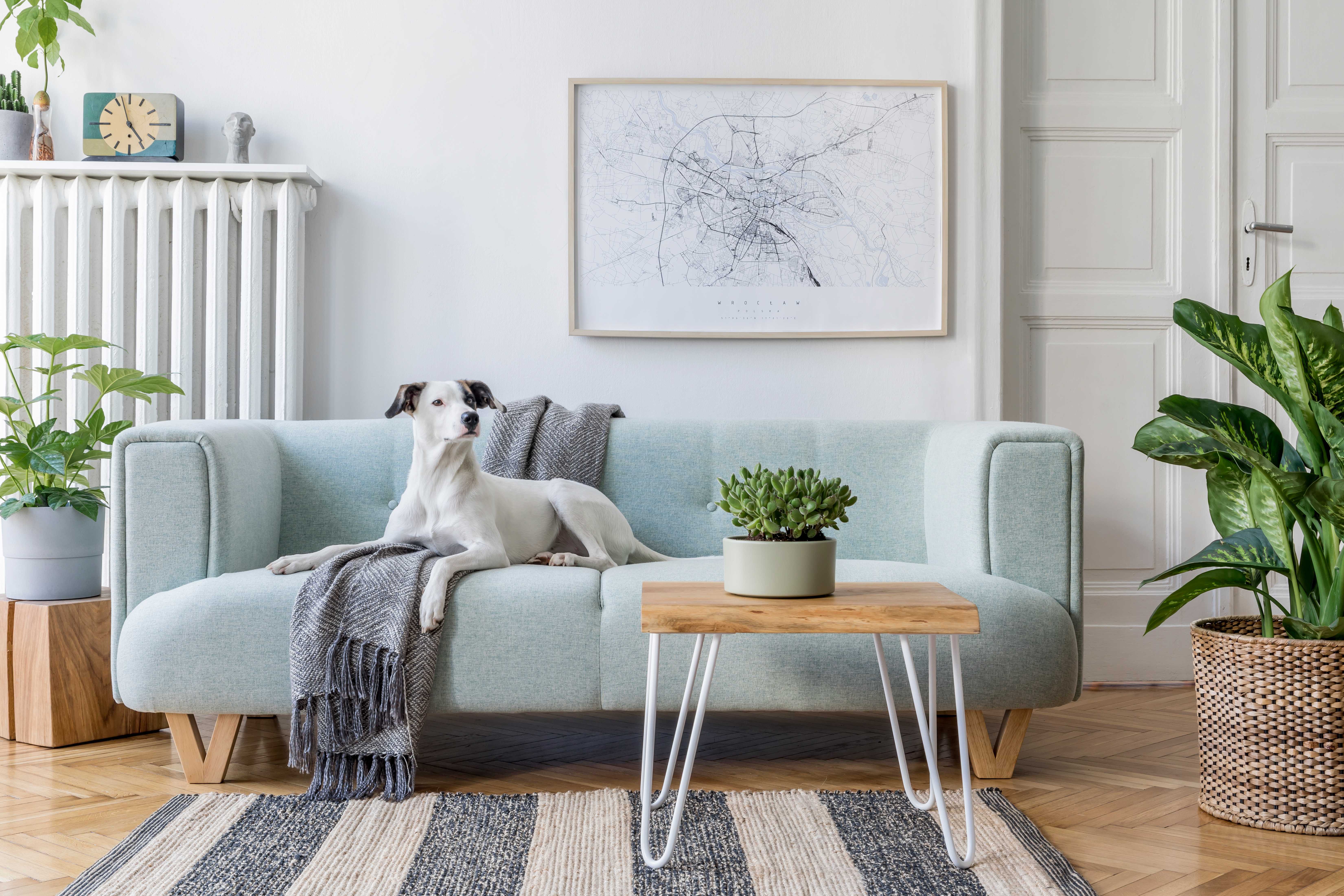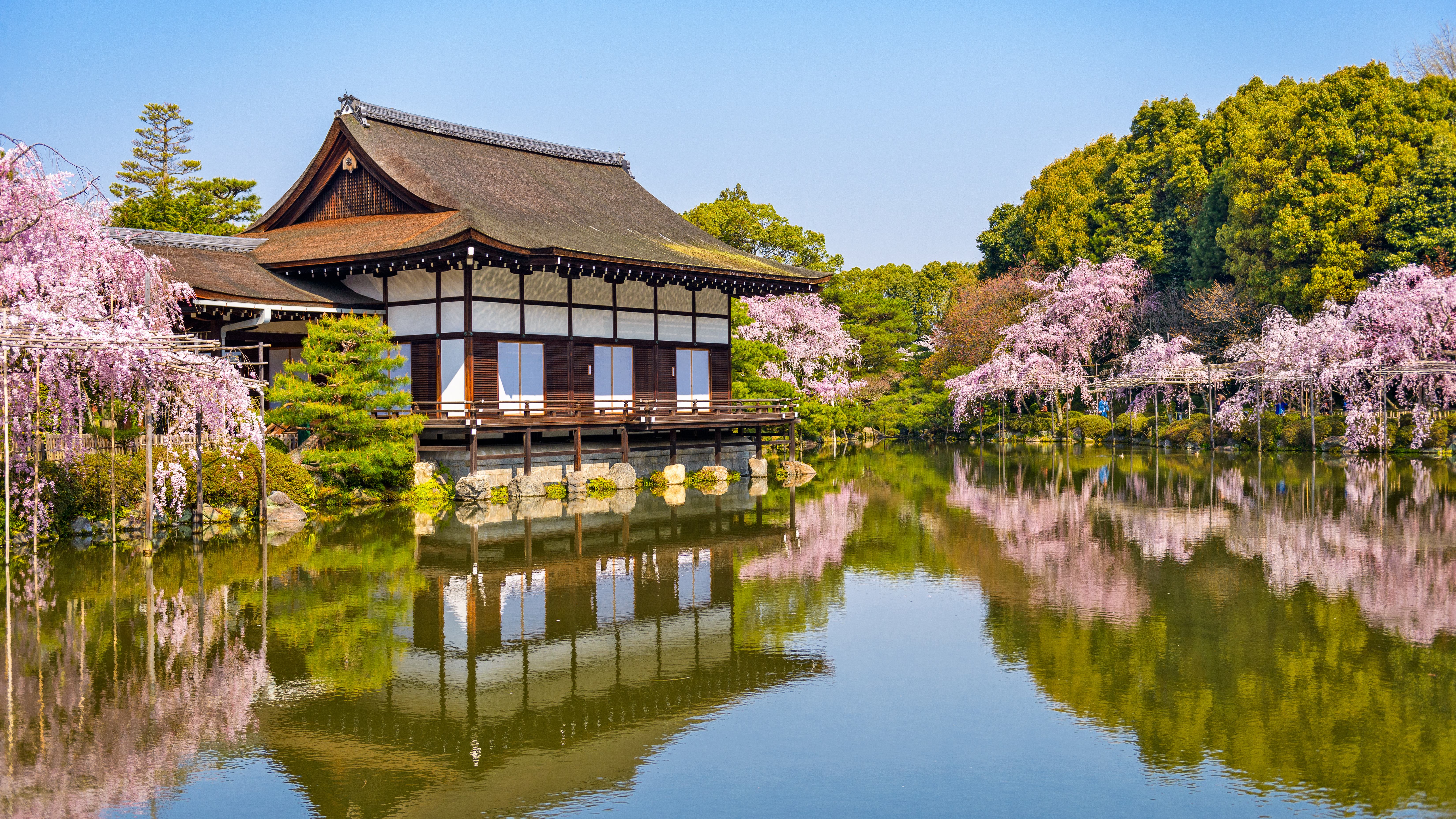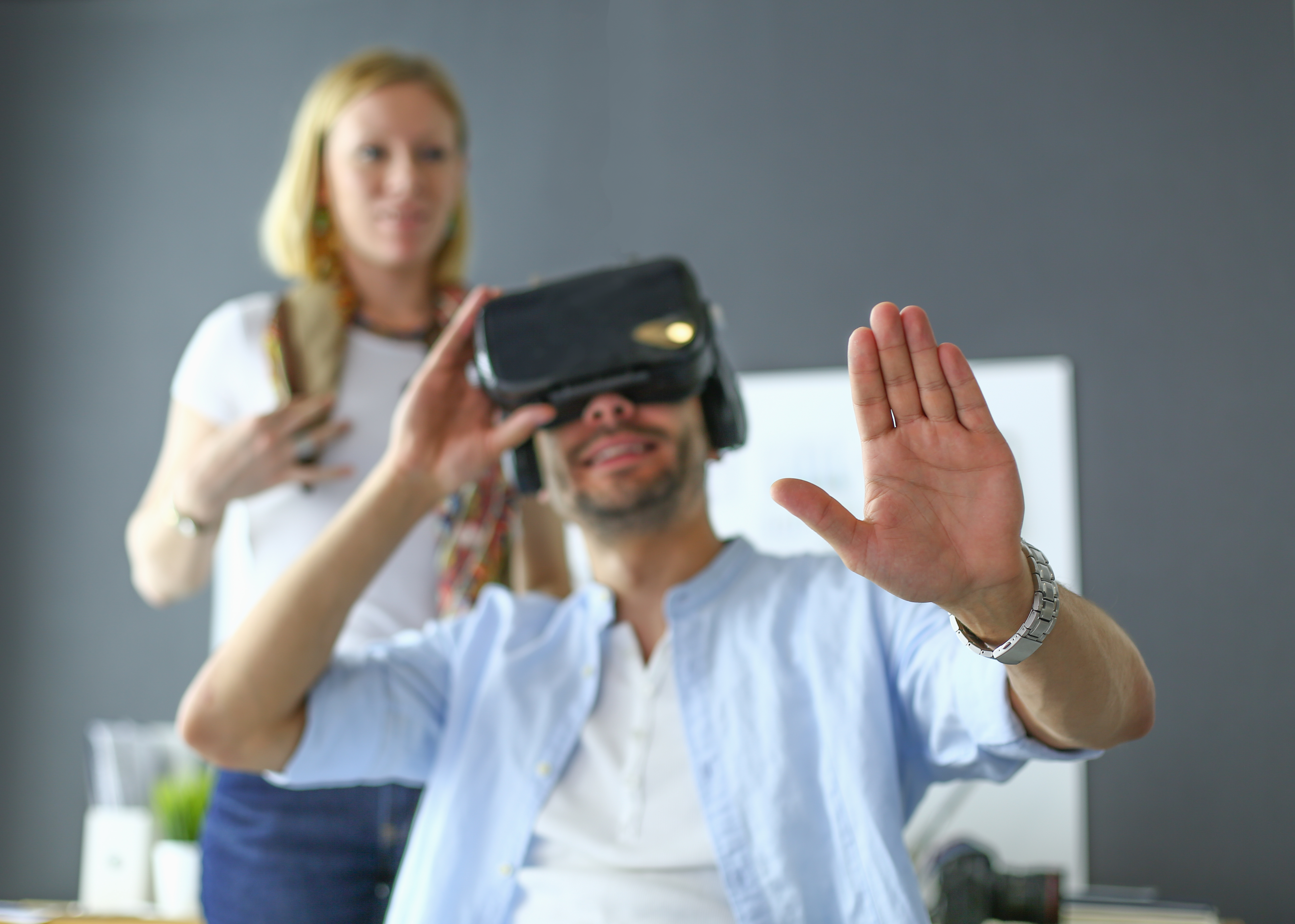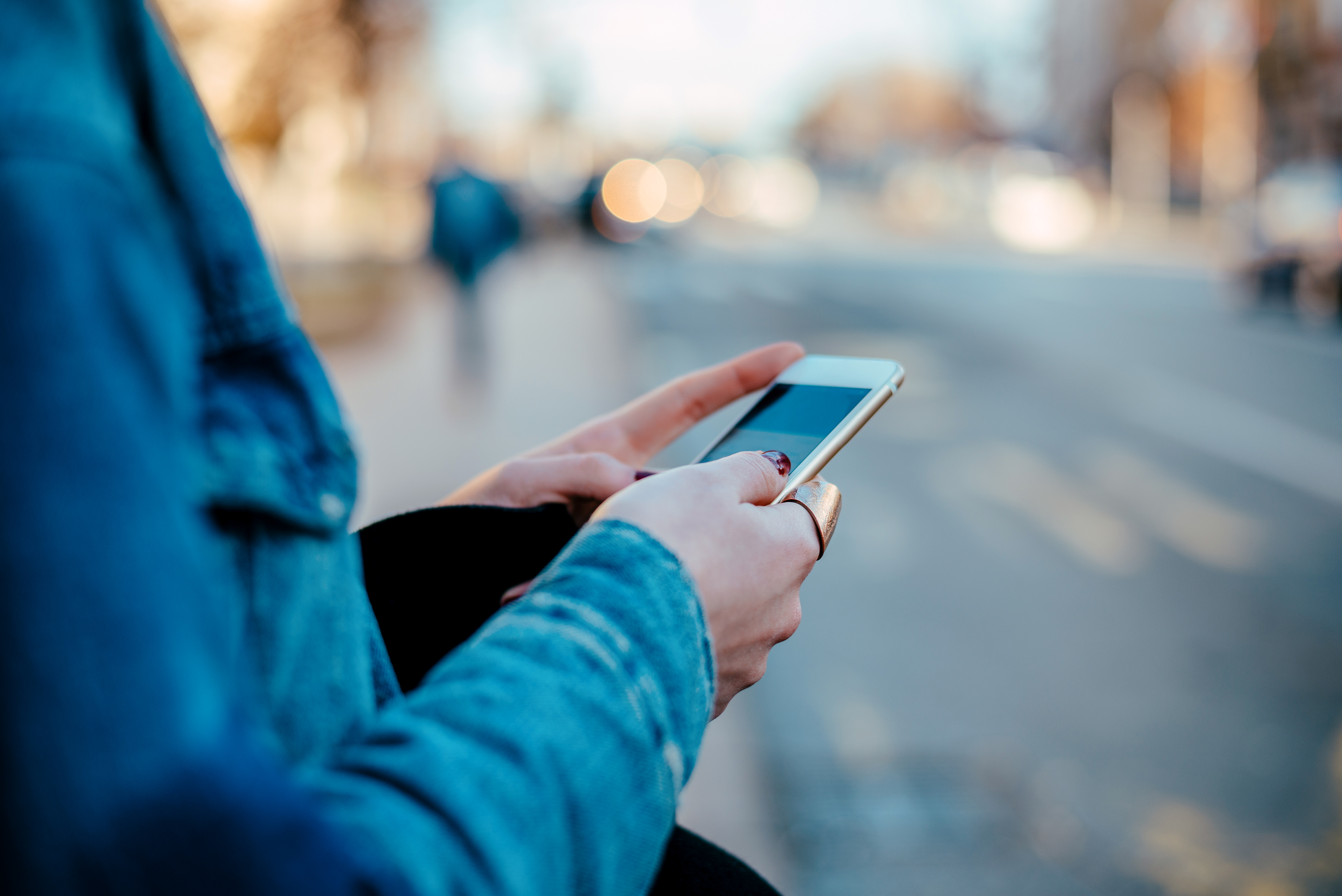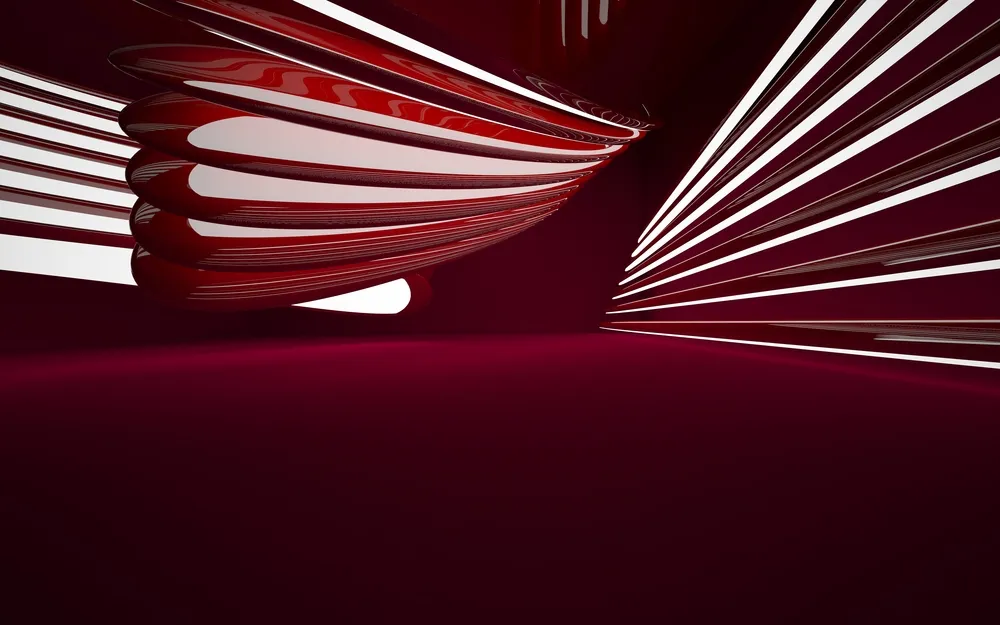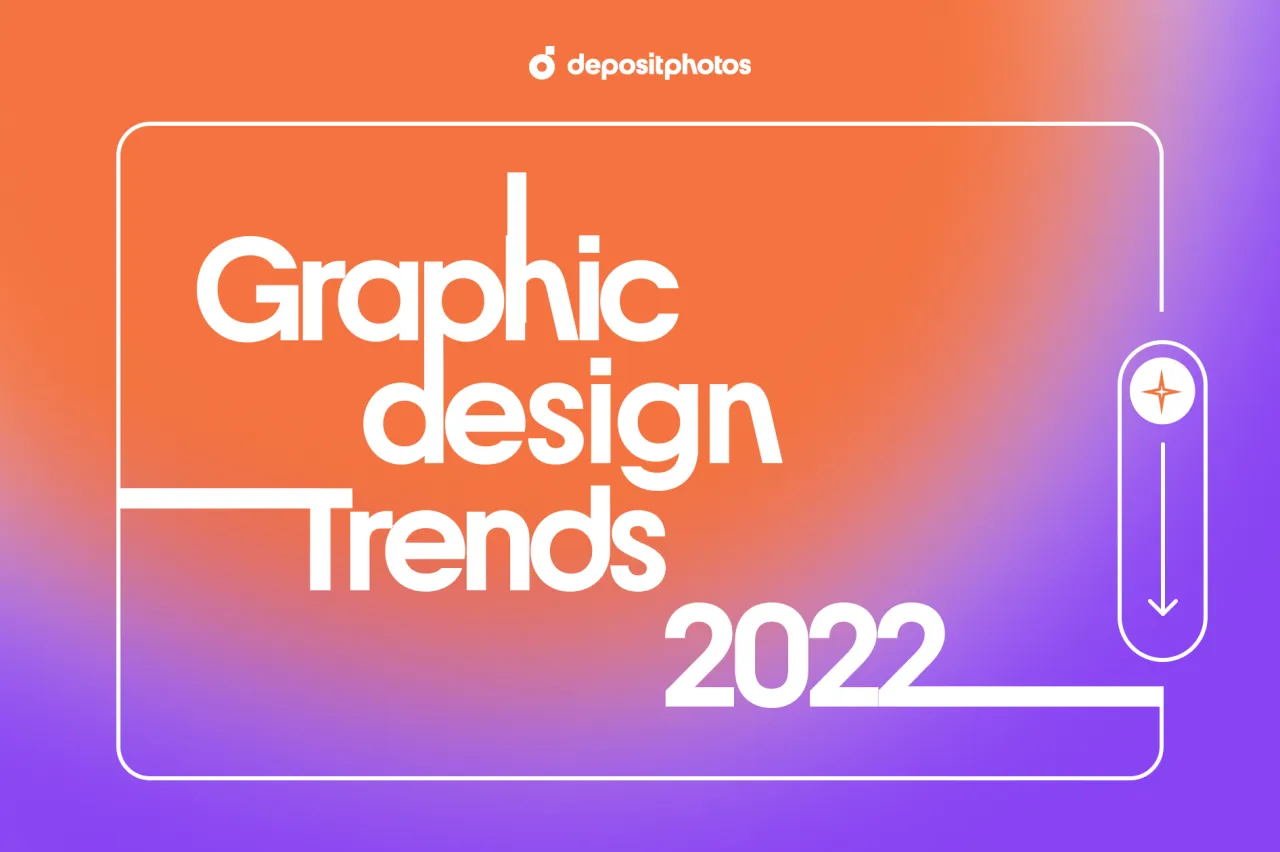Your Essential Guide to Different Types Of Design Out There
Last week we shared a long list of free online courses and events that you can explore while you’re stuck at home. There are hundreds of tutorials on every subject, as well as dozens of virtual tours from the world’s best museums. We realized that the abundance of things that are now free might lead you to a stalemate. Where do you begin? What subject are you interested in the most? Should you polish up the design basics one more time or maybe explore a completely different type of design?
To answer all these questions, first of all, for yourself, we suggest you explore different types of design. Some of them can be studied together and are a wonderful choice for those who’d like to go more in-depth on a particular design subject. Other design types might sound brand new to you so if you’ve ever had the desire to change your specialization or occupation, you could easily find answers in this article.
We’d like to help you out with making choices in tough times. That’s why we created an essential guide to the different types of design with detailed definitions and great references.
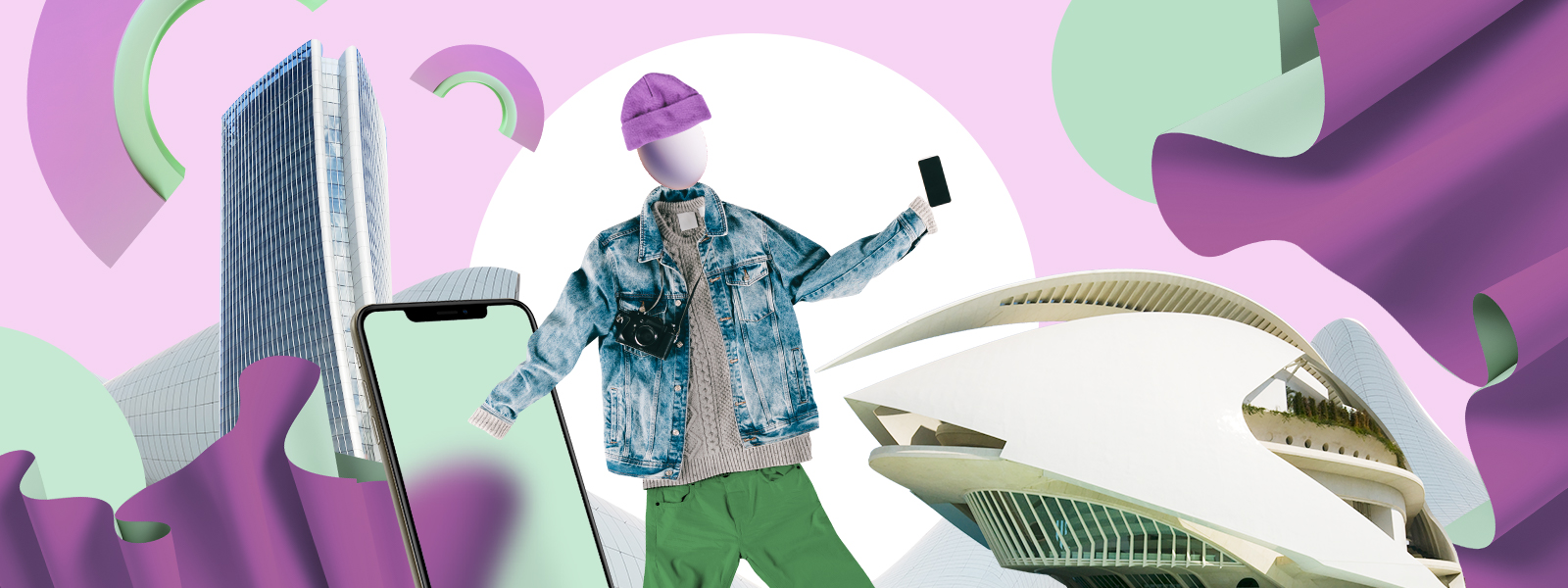
1. Architecture
What comes to mind when you think about architecture? Do you imagine blueprints and real estate development? This is actually the most common misperception of what architecture is. Architects are not builders or developers. They are designers that specialize in a very complex matter.
The definition of architecture says that it is the art of designing buildings. Its aim is to shape the environment and promote ideas in an artistic but utilitarian way at the same time. In short, architecture provides for the connection of functional, technical, and aesthetic properties of objects.
The most widespread architectural structures include administrative and public buildings, industrial buildings, and dwellings that together shape an architectural ensemble of a city or a town.
2. Communication design
Working in a creative industry, we often begin to refer to the stats that 90% of information transmitted to the brain is visual. These findings couldn’t but influence the way we achieve our goals. However, powering communication by means of photography, drawings, graphic design or UX/UI design is not enough nowadays. As the number of mediums has drastically grown in recent years, communication design comes to the rescue and it obviously includes tools such as photography and graphic design.
To give you a better understanding of what communication design is, here’s a definition.
Communication design is a design of interactions with the target audience in different media.
The term is not only wider than graphic design but is also more encompassing than visual communication. It defines both the aesthetic side of a message and the new communication channels. The aim of communication designers is to create content that would attract new audiences, engage with potential and existing clients, inspire and motivate them for target actions. At the core of communication design lies the idea of establishing a brand ideology, as well as the purpose of increasing sales, raising brand awareness, launching new products, and many others.
3. Costume design
When it comes to theater, series or movie production, a lot of professionals are involved in the process. Of course, shooting is impossible without producers, directors, and scriptwriters. However, there are many other important positions in every team that rarely get worldwide recognition but always play a crucial role in the production. Some of those team members are costume designers who, roughly speaking, are responsible for executing the aesthetic vision of a director with fine details such as attire.
In general, costume design is a process of creating a visual image of all the characters. As we’ve already said, it has to go in line with the director’s vision but also to perfectly correspond to the personality of each character and the particular time period. To get a better understanding of what costume design is and what role it plays in production, you can watch these aesthetically pleasing movies, paying special attention to how elaborate the costumes of the characters are.
4. Game design
In our annual project “Visual Trends Report” we share aesthetics, ideas, and themes that will be popular in the upcoming year. In 2020, one of the leading trends is “Neon Dystopia” which surfaced because of an upcoming release of the game “Cyberpunk 2077”. We mentioned that movies, technology, and fashion are not the only things that can spark a movement in the creative industry. In 2020, game design will inspire visual communication and shouldn’t be underestimated as a type of design with influence.
Game design is a process of creating a layout and designing the gameplay. Its aim is to create goals players would like to achieve, as well as define the rules and challenges they will follow and face when trying to achieve those goals. In other words, in addition to designing the appearance of the game, a game designer is to work out the logic of the player’s decision-making and determine an entire context of the game.
Sometimes, the amount of work that goes into some games can inspire a whole cult following. Just like the case with the “Cyberpunk 2077” game that will create waves of inspiration with the utopian aesthetic.
5. Graphic design
Graphic design is definitely one of the most popular types of design. Being a tool of communication design, its key goal is to deliver a message in the most effective way. What this means is that the image created by a graphic designer should be appealing, eye-catching, and action-provoking. When applying for a job in graphic design, a professional should be familiar with the notion of art and creativity but also understand how to achieve goals through means of design.
Where can you spot graphic design? Basically, everywhere. It includes the design of printing products, advertising, packaging, road signs and generally, all things visual both in print and online. Whether you’re strolling the street or surfing the web, graphic design will follow you every single step of the way.
6. Fashion design
Another type of design that plays an important role in our everyday lives is fashion design. We might not pay attention to it or in contrast, think of it as of something unrelated to us but everything we wear on a daily basis is the product of fashion design.
Speaking of the definition, fashion design is an art of creating wear that would be both functional and aesthetically pleasing. A fashion designer is a person that creates shapes and concepts in accordance with the needs of society and the latest trends. Unlike graphic, game or communication designers who need to know the basics of marketing and psychology, fashion designers need to understand human figures, fabric properties, tailoring technology and other practical things that would help them create products relevant for their audience. However, the scope of knowledge of all these things also depends on the type of fashion design a person is working with. Haute Couture, prêt-a-porter, and mass-market design all have different goals and purposes.
7. Information design
Everyone working in the creative industry should be familiar with the design basics. However, knowing the foundation of information design is important for everyone for the sake of better communication.
Information design is a process of illustrating information to ensure effective communication with the target audience. It takes into consideration the psychology of perception, ergonomics, the functionality of presentation capabilities, aesthetics of visual forms and other things that help facilitate communication. The main aim of information design is to deliver a large volume of information in a short amount of time. To achieve this goal, a designer uses basic design principles like visual hierarchy but also applies various methods of structuring information – from alphabetical to numbered.
Information design is a process of illustrating information to ensure effective communication with the target audience.
Whether you’re creating a website, an infographic, a presentation or a report, information design is a key tool for you.
8. Interaction (IxD) design
Although often being confused with user interface (UI) design, interaction design (IxD) is a wider notion. It can be defined as the design of interaction between a user and a product. Speaking of interaction design, most often it’s a digital environment. However, it can also be useful when designing physical products in order to explore the way a user may interact with a non-digital product.
Besides, interaction design is closely related to other types of design such as industrial design, product design, and user interface (UX) design.
9. Interior design
How many details go into designing interiors? This is the question a lot of people ask themselves when it comes to designing their apartments, offices, or any other space. Interior design is incredibly complex, which is why we rely on professionals to help us with all the small details we may overlook.
Interior design is a range of design solutions that make a given environment convenient to interact with, as well as ensure it’s aesthetically pleasing. It includes decoration of the interior from scratch – from creating the room layout to finding the perfect placement for the lighting. The objective of an interior designer is to make sure that all the components and details work together towards spacial efficiency, comfort, and style.
10. Industrial design and product design
Industrial design and product design are often used interchangeably, therefore we decided to shed light on both types of design by comparing them on different levels. Let’s start with definitions.
Industrial design is about the design of products that takes into consideration their functional and external qualities and prepares them for mass industrial production. In addition to finding a solution to fulfill human needs, industrial design ensures that a product is satisfying from the visual perspective.
Product design is a wider notion that can be defined as the process of creating a product from the beginning to the end, considering that it solves a problem for the end-user. Product designers, in contrast to industrial designers, nowadays are often engaged in designing digital products. This is the main reason why these terms overlap. Because basically, the aim of both is to design a product. However, product designers are not responsible for the manufacturing stage but are deeply engaged in user interface UX, UI, and interaction design.
11. Landscape architecture and design
When going for a walk in parks, gardens, or squares, we rarely think that they were actually designed by someone. However, most of the outdoor areas have been designed by landscape architects who created convenient and aesthetically pleasing, complete surroundings using natural materials. To be more precise, landscape architecture covers the design, planning, management, and care of built-up and natural environments. Landscape architects take into consideration many aspects most of the designers don’t even know about: soil condition, the weather, area climate, and the relief.
Landscape architecture also includes other disciplines like landscape design. Its aim is to find a design solution that would improve or change the appearance of a particular territory using natural components. The main difference between landscape architecture and landscape design is that the latter pursues artistic purposes while landscape architecture is about minimizing harm to the environment.
12. Motion graphic design
What happens when graphic design is taken up a notch? The answer is motion graphic design. It implies using the basic principles of graphic design together with animation, filmmaking techniques, and visual effects to create works of art. The scope of products created by motion designers is vast – from ads to data visualization.
The goal of motion graphic design (as well as of graphic design) is to create and convey a message in a meaningful and concise way. However, a motion designer uses a slightly different set of skills to achieve this goal. They include scriptwriting, storytelling, directing, and sound design. Another important aspect of motion graphic design is that it does not reveal a full story but rather creatively illustrates an idea or a concept, with the use of animation.
13. Multimedia design
Have you heard of the fascinating multimedia projects by the New York Times? The Dawn Wall and the Snow Fall are interactive stories that stood at the forefront of multimedia design at the beginning of the last decade.
Nowadays multimedia design is a well-developed and complex field. It involves the development of design and software to create a product. Thus, multimedia designers should have both technical and creative skills up their sleeves. They also take into consideration user interface ergonomics, as well as marketing and advertising aspects in order to create multimedia products from scratch.
In general, multimedia design is about creating a new and innovative way of communication. What this means is that the more technological advancements appear in the world, the larger the field for experiments multimedia designers have.
14. Software design
One of the most complicated design fields is software design. It is not only the process of creating software but also a discipline that studies design methods. The aim of software design is to solve a problem. Whether it’s completely automated or semi-automated, software design can be presented in a textual or flow-chart format or include user experience (UX) design. The results of software design are operating systems, websites, and other similar products.
15. Sound design
Although it does not come to mind straight away, sound design actually plays a significant role in motion graphics, game, multimedia and many other types of design. Dmitry Novikov, a MacPaw product designer, believes that even software should include sound.
Why is it so important? Because it appeals to a very important sense, incites emotions, and set the right mood. The definition of sound design states that it is the management and creation of audio elements, while a sound designer is a person who creates an audio narrative combining pieces (samples) of sound. Having the right technical skills to work in sound design is not enough. A professional should also have a musical taste, a relevant educational background, know the physics of sound and, of course, be creative by nature.
Sound design is the management and creation of audio elements.
In addition to being in demand in different design fields, sound design is also used in movie and TV production, theater, radio, as well as marketing and advertising.
16. Speculative design
As you might have assumed, problem-solving is the main aim of most types of design. However, in a world of spectacular technological advancements, the application of this approach is questionable. Of course, AI and other technology are here to make our lives easier but what are the implications? It is very unlikely that the influence of tech on our lives is solely positive.
In light of this, a new type of design appeared in the 90s – speculative design. The main scope of work for creatives working in speculative design lies in modeling various scenarios of the future using their imagination and artistic skills. Instead of asking themselves how they can solve a problem like most designers do, these professionals ask themselves “What if…?”.
The projects that are produced as a result are mind-blowing. To explore the most impressive ones, check out this article: Speculative Design Projects That Will Blow Your Mind.
17. User interface (UI) design
In the contemporary world, where the majority of communication, education, and entertainment happens on mobile and desktop devices, user interface design is one of the most important design fields. As you can understand from its name, user interface (UI) design is about user interaction with the product. It includes the design of buttons, input fields, colors, and other points of user interaction with the website or app.
User interface design is about user experience as well. Its aim is to solve a visual problem and ensure that communication is smooth and clear. Thus, creating a nice-looking design is not enough. User interface design is creating the interfaces for computers, software, and electronic devices while focusing on how the users interact with the products.
18. User experience (UX) design
On top of UI design, there’s UX design that plans and manages user experience. At its foundation lies the process of identifying user problems and solving these problems to increase user satisfaction. Delving deeper into the subject, UX design also ensures that a product is attractive for users and encourages them to complete the target action. This could be an entire variety of things, from downloading an application to make a purchase in an online shop. Therefore, among the products UX designers work on are websites, desktop, and mobile apps.
The work of a UX designer goes far beyond simply designing a user experience. It also includes business and audience analysis, strategy development, prototyping, and testing.
For more inspiration and the latest trends in UX design, explore these articles:
19. Web design
There’s a number of misconceptions about what web design is and who a web designer is. The most widespread one is that a web designer is a person who makes websites look nice. Although it is a part of the job, web design is a much more complex and interesting discipline.
Web design is the process of creating websites that requires skills in graphic design, UX design, as well as in information design and programming. What this means is that in addition to artistic solutions that would make a website recognizable among thousands of others, a web designer is to find a way to present information on the website and design the logical structure of the given web pages.
To sum up, you can say that a web designer is a specialist who carries out each stage of website development and its launch. However, some of the tasks can be delegated to other professionals if necessary.
Wrap up
Spring 2020 made us reevaluate our everyday lives and learn how to make the most of any situation we have to cope with. As the never-ending rush we get sucked into is literally impossible to continue anymore, now is the time to better define your career goals, set priorities, and acquire new skills and knowledge. We hope our guide to different design types will help you in exploring your options.
